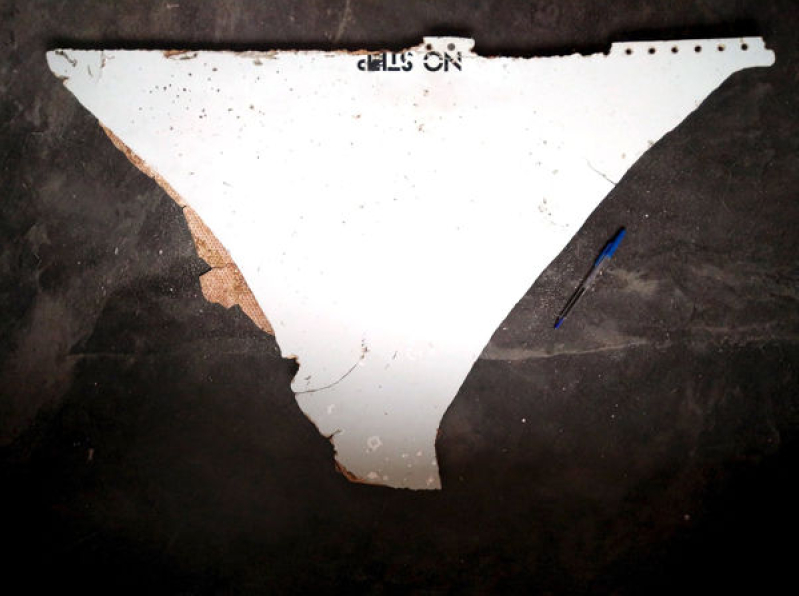
The search for Malaysia Airlines Flight MH370 is far from over.
The Australian Transport Safety Bureau (ATSB), the agency that has taken the search operations under their tutelage since 2014, said on a press release last week that underwater operations in partnership with Fugro Equator and Dong Hai Jiu 101 are still ongoing. Fugro Equator and Dong Hai Jiu 101 are both market leaders in the geosciences survey industry, and have been using the Autonomous Underwater Vehicle (AUV) and Remotely Operated Vehicle (ROV) for the Flight MH370 operations.
Two years on with the operations, the only debris that have been found were not by ATSB, but by civilians. Last June 23, 2016, a large piece of wing flap was found by locals on Pemba Island in Tanzania. This adds to the previous debris positively identified with MH370: a flaperon found on La Reunion Island on July 29, 2015; an engine piece with a partial Rolls-Royce logo found in South Africa; and an interior panel cabin piece found in Mauritius' Rodrigues Island.
Since ATSB has taken over the underwater search operations, the team has covered more than 110,000 square kilometers of the southern Indian Ocean seafloor thus far. ATSB took over upon the request of the Malaysian government.
On a press conference early this November, Australian Minister for Infrastructure and Transport Darren Chester has expressed his frustration and at the same time, hope, with the search operations: "To have not found the aircraft at this stage is frustrating for everyone involved, and particularly for the families of the passengers and crew, but we're continuing to work through the final 10,000 square kilometers of the 120,000 square kilometer high priority area... And I think everyone involved is trying to keep hopeful and keep their spirits up about the prospects of locating MH370."
On March 8, 2014, Malaysian Airline Flight 370 (MH370) was on its way to Beijing from Kuala Lumpur when it suddenly disappeared out of air traffic control radar at around 01:22 Malaysian time. All 239 passengers are still nowhere to be found, along with the Boeing 777 plane except for its few debris.
All debris previous found, while providing positive identification of the MH370 aircraft, do not give out clues as to the cause of the crash, and the whereabouts of the passengers and the plane.
The last 10,000 square kilometers of the targeted 120,000 square kilometers of search survey area is critical to the case. With nothing but a wing flap and a flaperon as evidences on hand, the victims' families are desperate for answers.







